Microsoft Future Decoded 2015
November 2015 saw the return of Microsoft’s Future Decoded event to the ExCel Center in London.
I didn’t make it last year (it was a week after TechEd Europe and I was all Microsofted out!) so I’ve been looking forward to the Tech Day of this event since the registration notice back in May. This is my summary of the day.

Keynotes
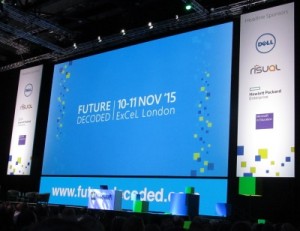
Microsoft announces plans to offer cloud services from the UK @ #FutureDecoded https://t.co/1nnKtCe0d8
— Microsoft UK (@MicrosoftUK) November 10, 2015
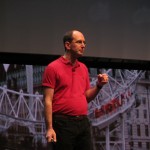
Next up was Chris Bishop from Microsoft Research who gave us a glimpse into the future of Artificial Intelligence, Deep Neural Networks, and Deep Learning. He demonstrated this through some of their image processing applications- recognising facial expressions and body and hand poses.
Happiness - just one of the new APIs announced by @MSFTResearchCam's Chris Bishop at #FutureDecoded today! pic.twitter.com/RofOoHSMeE
— Microsoft TechNet UK (@TechNetUK) November 11, 2015
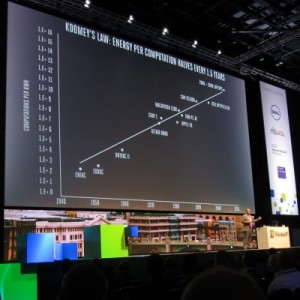
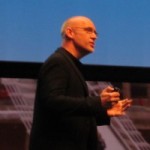
BASIC: then, now & forever
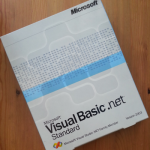
In this constantly changing landscape that is IT it’s always nice to see that some of my skills will still be useful tomorrow, and if you ever bump into Mark, ask him what happened to his ZX81.
Changes in Virtualisation and Clustering – Azure Stack
MVP Aidan Finn (@joe_elway) from MicroWarehouse (Ireland) was our host for this session. He introduced some new features coming in the Server 2016 stack including Shielded Virtual Machines, taking advantage of TPM2 chips appearing in new server hardware to hide your servers from your hosting company and their other tenants, and Switch Embedded Teaming to allow for network convergence on Hyper-V servers.
Hyper-V now (in 2016 Technical Preview 3 at least) offers a path to Hyperconvergence by bringing Storage Spaces Direct into the fold and providing the Hypervisor within the Scale Out Server Cluster. There’s also improvements in the ability to hot-add virtual hardware such as NICs and Static Memory to running VMs.
Windows 10 and Enterprise Mobility
I’ve met Microsoft Evangelist Simon May (@simonster) a couple of times - at a Windows 8 event and more recently at TechEd. He’s always an enthusiastic presenter which is just what we needed at this point in the day.
I’ve written before about Hybrid Identity Management, and how it is key to the whole Enterprise Mobility offering. It was mentioned briefly in the Keynote earlier, and Simon took this a stage further. He demoed using Azure AD credentials to Single-sign on (not just “Same Sign On”) into Outlook Web Access and Twitter, and use the account to sync settings across Windows 10 devices.
Azure Active Directory also offers self-service password resets- no need for helpdesk staff to get tied up doing this, or purchasing of third-party apps. It includes Multi-Factor Authentication, and the ability to allow users to register their own devices. As of today there are 2519 SaaS apps that can make use of AAD authentication, plus the ability to add custom apps.
Watching @simonster demo Azure AD and using it for authentication with 3rd party SaaS apps. Login to Facebook via my corporate AD creds.
— Chris Bradshaw (@aldershotchris) November 11, 2015
A whole bunch of stuff was squeezed into this session- not least a demonstration of Simon using Windows Hello to login to a computer with his face. Hopefully a video recording will show up online soon.
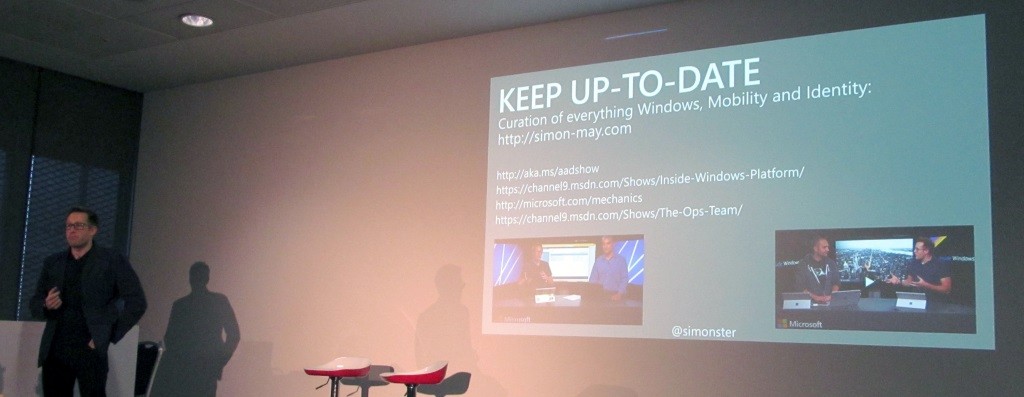
Closing Keynote
Now I’m off to the closing Keynote where Brian Cox is going to talk Quantum Computing and tell me that 1 is 0. Sometimes.
UPDATE 27/11/2015: Videos of many of the sessions are now available on Channel9